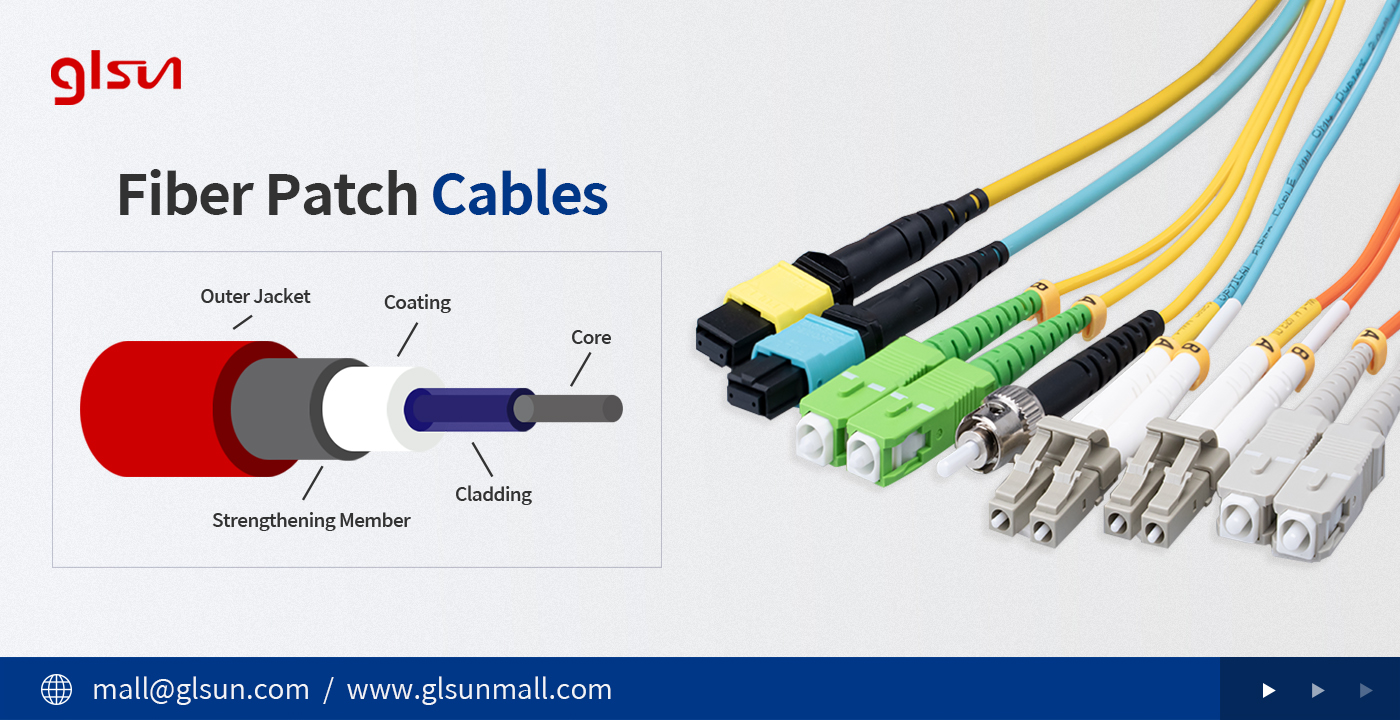What's the Differences Between Single Mode and Multimode Fiber?
2023-05-26
Technical Difference
Core Diameter
Single-mode fiber has a small core diameter (8.3 to 10 microns), allowing only one mode of light to propagate. Multimode fiber optic cables have large diameter cores (50 to 100 microns) that allow multiple modes of light to propagate.
Light Source
Multimode devices typically use LEDs or lasers as the light source, while singlemode devices use lasers or laser diodes to generate the light injected into the cable.
Main Differences
Distance
Light travels longer in single-mode cables than in multimode cables, so multimode fiber is suitable for short-distance applications, up to about 550m at 10Git/s. When the distance exceeds 550m, single-mode fiber is preferred.
Price
Multimode fiber usually costs less than singlemode fiber.
Bandwidth
Singlemode has higher bandwidth than multimode, up to 100,000 GHz.
Multimode Fiber Connector Types
The types of multimode fiber optic connectors in circulation include ST, SC, FC, LC, MU, E2000, MTRJ, SMA, DIN, and MTP&MPO, etc. The most commonly used types of fiber optic connectors include ST, SC, FC, and LC.
|
MMF Connector |
Ferrule Size |
Typical Insertion Loss (dB) |
Application Features |
|
SC |
φ2.5mm ceramic |
0.25-0.5 |
Mainstream, reliable, fast deployment, filed fit |
|
LC |
φ1.25mm ceramic |
0.25-0.5 |
High density, cost-effective,filed fit |
|
FC |
φ2.5mm ceramic |
0.25-0.5 |
High precision, vibration environment, field fit |
|
ST |
φ2.5mm ceramic |
0.25-0.5 |
Military, filed fit |
What are the advantages of multimode fiber?
While single-mode fiber patch cables offer advantages in terms of bandwidth and transmission distance, multimode fiber can easily support most of the distances required by enterprise and data center networks at a much lower cost than single-mode fiber. In addition, multimode fiber optic cables have many significant advantages.
Multi-user framework without lossy interference
The characteristic of multimode fiber is that it can carry multiple signals simultaneously in the same line, and most importantly, there is almost no loss of total power inside the signal.
Thus, a network user can send multiple data packets down the cable at the same time, and all information will be delivered to its destination without any interference and remain unchanged.
Support Multiple Protocols
Multimode fiber can support a variety of data transmission protocols, including Ethernet, Infiniband, and Internet Protocol. As a result, one can use the cable as a backbone for a range of high-value applications.
Cost-effective
With larger cores and good alignment tolerances, multimode fibers and components are less expensive, easier to use with other optical components such as fiber optic connectors and fiber optic adapters, and the operation, installation and maintenance of multimode patch cords Costs less than single-mode fiber optic cables.
Conclusion
Due to its high capacity and reliability, multimode fiber is commonly used in backbone applications in buildings, and in general, MMF cable remains the most cost-effective option for enterprise and data center applications up to a range of 500-600 meters.
But this is not to say that we can replace single-mode optical fiber with multi-mode optical cable. As for choosing single-mode optical fiber jumper or multi-mode jumper, it all depends on the application, transmission distance and coverage you need. Total budget allowed.








